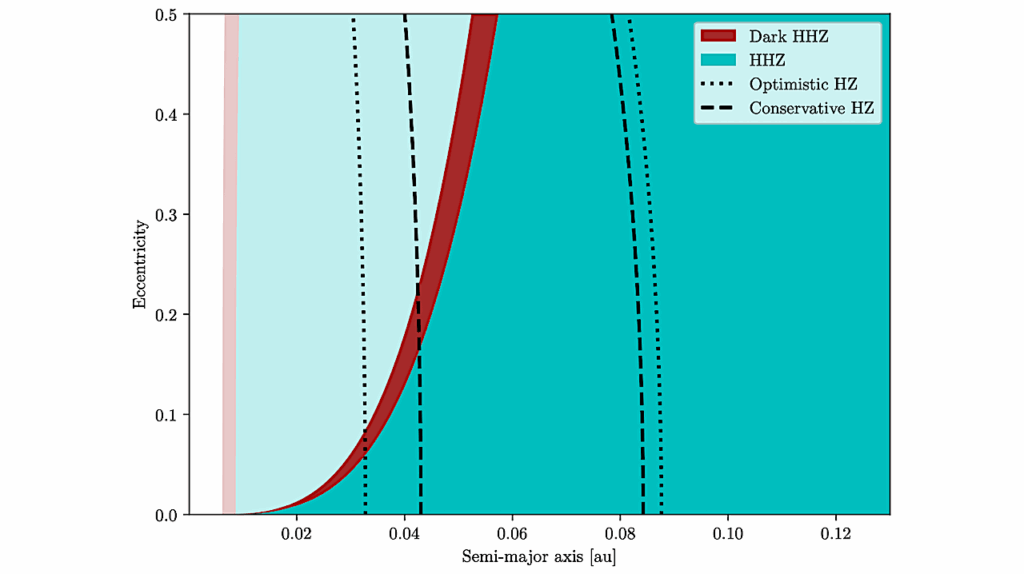Simulations of Water Vapor and Clouds on Rapidly Rotating and Tidally Locked Planets: a 3D Model Intercomparison

Robustly modeling the inner edge of the habitable zone is essential for determining the most promising potentially habitable exoplanets for atmospheric characterization.
Global climate models (GCMs) have become the standard tool for calculating this boundary, but divergent results have emerged among the various GCMs. In this study, we perform an inter-comparison of standard GCMs used in the field on a rapidly rotating planet receiving a G-star spectral energy distribution and on a tidally locked planet receiving an M-star spectral energy distribution.
Experiments both with and without clouds are examined. We find relatively small difference (within 8 K) in global-mean surface temperature simulation among the models in the G-star case with clouds. In contrast, the global-mean surface temperature simulation in the M-star case is highly divergent (20-30 K). Moreover, even differences in the simulated surface temperature when clouds are turned off are significant. These differences are caused by differences in cloud simulation and/or radiative transfer, as well as complex interactions between atmospheric dynamics and these two processes.
For example we find that an increase in atmospheric absorption of shortwave radiation can lead to higher relative humidity at high altitudes globally and, therefore, a significant decrease in planetary radiation emitted to space. This study emphasizes the importance of basing conclusions about planetary climate on simulations from a variety of GCMs and motivates the eventual comparison of GCM results with terrestrial exoplanet observations to improve their performance.
Jun Yang, Jeremy Leconte, Eric T. Wolf, Timonthy Merlis, Daniel D.B. Koll, Francois Forget, Dorian S. Abbot
(Submitted on 24 Dec 2019)
Comments: 34 pages, 17 figures
Subjects: Earth and Planetary Astrophysics (astro-ph.EP); Atmospheric and Oceanic Physics (physics.ao-ph)
Journal reference: The Astrophysical Journal 2019
DOI: 10.3847/1538-4357/ab09f1
Cite as: arXiv:1912.11329 [astro-ph.EP] (or arXiv:1912.11329v1 [astro-ph.EP] for this version)
Submission history
From: Jun Yang
[v1] Tue, 24 Dec 2019 13:00:45 UTC (4,208 KB)
https://arxiv.org/abs/1912.11329
Astrobiology








